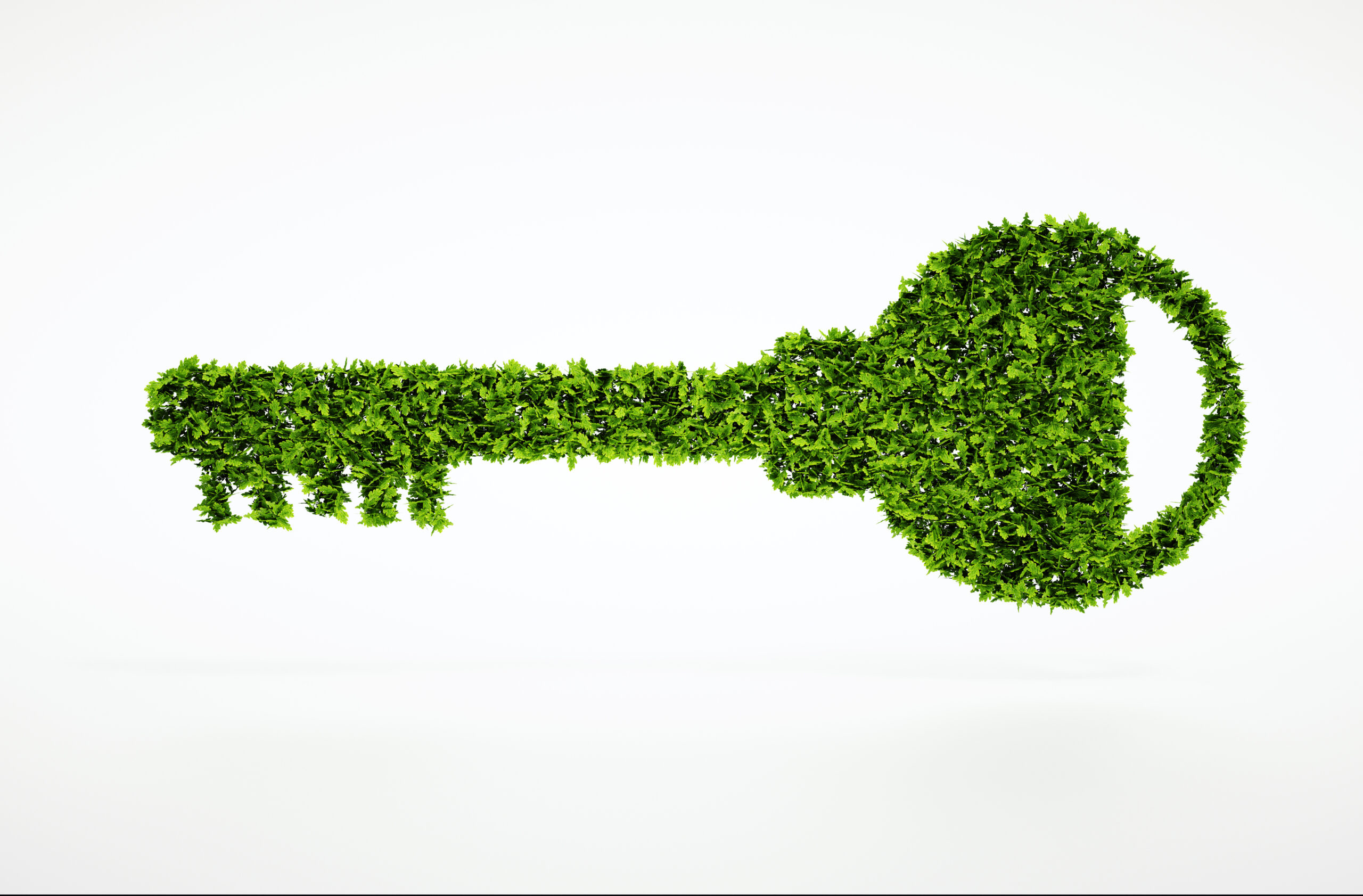BOEING’s Regional Sustainability Lead APAC Heidi Hauf not only thinks SAFs are the key to a sustainable aviation sector, she believes it will be “most significant factor” in achieving net zero emissions by 2050.
The global tourism industry is responsible for around 8% of the world’s carbon emissions, with almost half of those emissions generated by transport – predominately planes and cars, followed by tour buses, ferries and trains.
Keenly aware of the major role it plays, the aviation sector has taken charge when it comes to offsetting the detrimental effect of travel on the environment – and sustainable aviation fuel (SAF) is a key component of this effort.
SAF is a replacement for traditional jet fuel and lowers carbon emissions by up to 80% over the fuel’s lifecycle. It can be created from a wide variety of sources, including plants, agricultural and forestry waste, non-recyclable municipal waste, and other feedstocks. It is approved for use in all aircraft but must be blended with regular jet fuel.

As well as its obvious environmental benefits, SAF is compatible with existing infrastructure – meaning, there doesn’t need to be any costly modifications made to planes or their engines to run on the biofuel.
Boeing is one of the companies pioneering the widespread adoption of SAF – and rightly so, given it produces almost half of the world’s commercial airline fleet.
In January, the aerospace company partnered with Emirates to operate the first milestone demonstration flight using 100% SAF to power one of two engines on a Boeing 777-300ER.
This is well above the current maximum 50/50 ratio allowed for commercial flights – an achievement which further illustrates SAF as a safe and reliable fuel source and highlights the power of industry collaboration.
Boeing and Emirates worked alongside partners GE Aerospace, Honeywell, Neste and Virent to procure and develop a blend of SAF that closely mimics the qualities of conventional jet fuel.
“The Emirates flight tests, and all SAF test flights, help bring together industry partners to achieve our common sustainability goals and create immense value through the learnings that come with them,” Boeing Vice President of Environmental Sustainability, Sheila Remes, told travelBulletin.
“They provide insights into fuel production, new fuel blends, transportation, and blending logistics, and help develop a more refined playbook for future SAF demonstrations as we look towards a future where 100% drop-in SAF fuels are approved for use in airplanes.”
Hauf believes reliable access and affordability are key to accelerating SAF globally.
“Government incentives, such as the Californian Low Carbon Fuels Standard and SAF mandates in the EU, create a market that enable users to access SAF at an affordable rate,” she highlighted.
Closer to home, Qantas is spearheading the development of a SAF industry in Australia. The carrier currently sources the biofuel from overseas, which, coupled with high demand and relatively low availability, renders it several times more expensive than traditional jet fuel.
The Flying Kangaroo was the first Aussie airline to purchase SAF on an ongoing basis, acquiring 3.2 million litres at London Heathrow last financial year. Qantas has also agreed to purchase SAF for delivery in California from 2025 and is seeking out further international purchasing opportunities, especially in the United States.
In November 2022, the national airline launched the Sustainable Aviation Fuel Coalition program, which aims to make SAF more affordable. Instead of using traditional carbon offsets, coalition members pay a premium to reduce around 900 tonnes of their air carbon emissions each year by contributing to the incremental cost of SAF.
Qantas has also partnered with Airbus, last year committing to invest up to US$200 million for the creation of a national SAF industry, including equity funding for new feedstock and refining projects – the fund’s first investment is expected to be announced in the coming months.
“The use of SAF is increasing globally as governments and industry work together to find ways to decarbonise the aviation sector. Without swift action, Australia is at risk of being left behind,” Qantas CEO Alan Joyce said.
“This investment will help kickstart a local biofuels industry in Australia and hopefully encourage additional investment from governments and other business and build more momentum for the industry as a whole.”
These initiatives will propel the airline closer to its commitment of using 10% SAF in its overall fuel mix for 2030, and around 60% by 2050, putting Australia on the map as an important mover-and-shaker within the SAF sector.
Boeing has also backed this sentiment, with Hauf articulating, “Australia has the opportunity to play a key role, both as a source of feedstocks and as a SAF producer itself within the Asia Pacific region”.
“As the country already produces significant quantities of feedstocks which are exported for biofuel production, it is well-positioned to expand into a diversified portfolio of sustainable feedstock sources.”
Far from just talk, Boeing is putting its money where its mouth is and working with Australia’s national science agency, CSIRO, to create a SAF Roadmap for the country. The roadmap, which is expected to be ready mid-2023, will be used to inform industry and government on domestic SAF coordination, policy, and investments, by providing analysis on SAF feedstock and production potential.
Hauf revealed Boeing is also collaborating with the Australian Government to establish a Jet Council with the goal of uniting government and industry together to “inform policy that helps decarbonise this hard to abate sector”.
Another major player in the global industry’s move towards carbon neutrality, United Airlines has invested in the future production of three billion gallons of SAF – which it claims is more than any other airline in the world.
This year, the carrier also launched the $100 million United Airlines Ventures Sustainable Flight Fund, which invites companies to invest alongside United in SAF technology and production start-ups.
Air Canada, Boeing, GE Aerospace, JPMorgan Chase, and Honeywell have already jumped onboard, with individuals also given the option to contribute to the fund when they purchase air tickets on the United website or app.
“Solving climate change is doable but it requires hard work and real leadership,” United CEO Scott Kirby said.
“This fund is unique. It’s not about offsets or things that are just greenwashing. Instead, we’re creating a system that drives investment to build a new industry around sustainable aviation fuel, essentially from scratch. That’s the only way we can actually decarbonize aviation.”
Air New Zealand has also established itself as a pioneer in the global sustainable aviation space, recently announcing its aim to achieve 16.3% reduction in absolute emissions by 2030, as part of a plan to reach net zero by 2050.
The Kiwi flag carrier has made several major moves towards this objective, including partnering with the New Zealand Government to assess the feasibility of a SAF production plant in New Zealand and the adoption of zero emissions aircraft technologies, such as hydrogen, electric and hybrid aircraft.
The airline also created a new Chief Sustainability Officer position, which was assigned to Kiri Hannifin towards the end of last year.
The airline took delivery of its first shipment of SAF from Neste in September 2022, with 1.2 million litres imported into New Zealand – enough to fuel around 400 return flights between Auckland and Wellington.
“While we are starting out small, it will help us to test the supply chain and understand the true cost of importing SAF into New Zealand,” Air New Zealand CEO, Greg Foran explained.
“Currently, SAF only makes up less than one percent of the global fuel supply and is around three to five times the cost of fossil jet fuel, so while sourcing it is a challenge, it’s one we are tackling head on,” he said, adding he expects the airline’s fleet to be fuelled by 10% SAF by 2030.
Despite plenty of movement forward, it’s clear there is still a long way to go before SAF is widely accessible, and, as Boeing emphasised, “it’s not going to be done just by one company or one entity”.
Environmental Sustainability chief at Boeing, Sheila Remes, believes “we’re going to have to work with all global and local stakeholders in order to make our industry more sustainable”.
Collaboration over competition, it seems, is the key to creating sustainable aerospace and working towards a cleaner, greener future.






